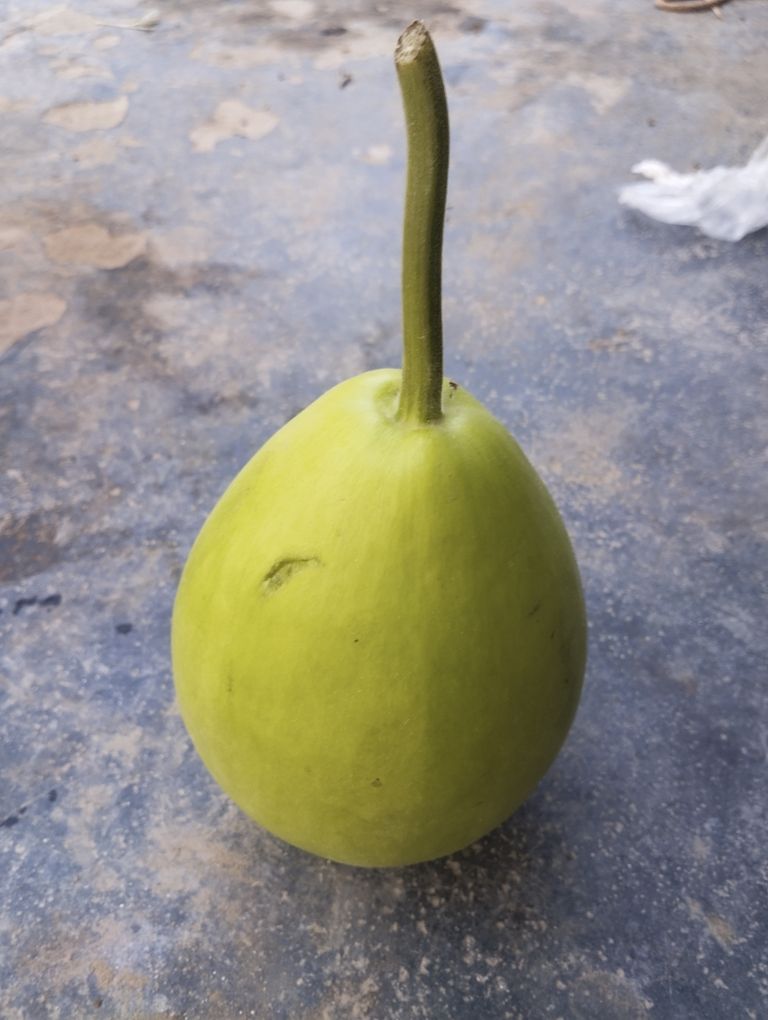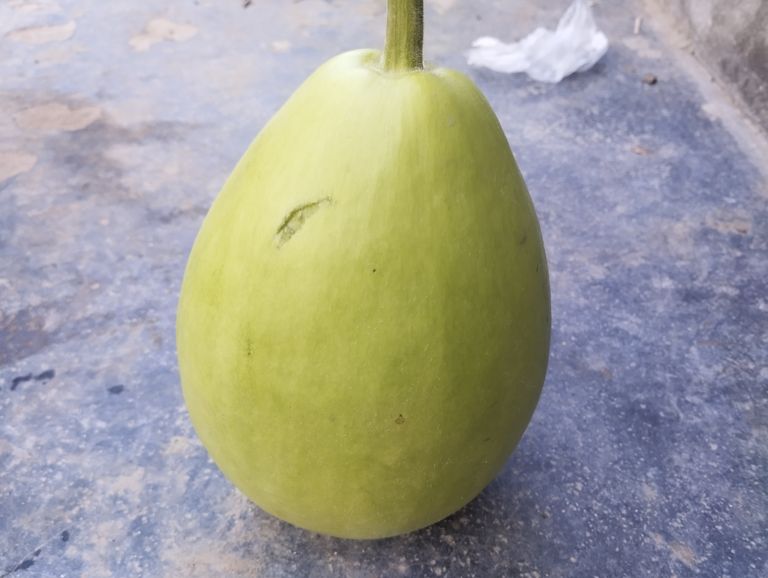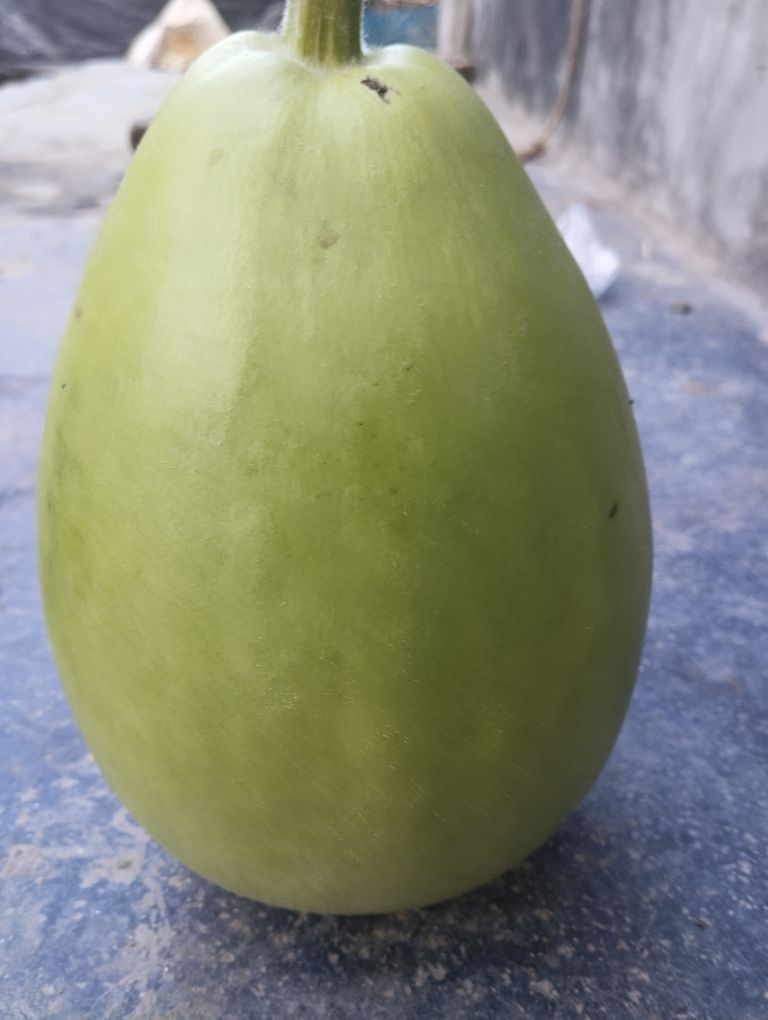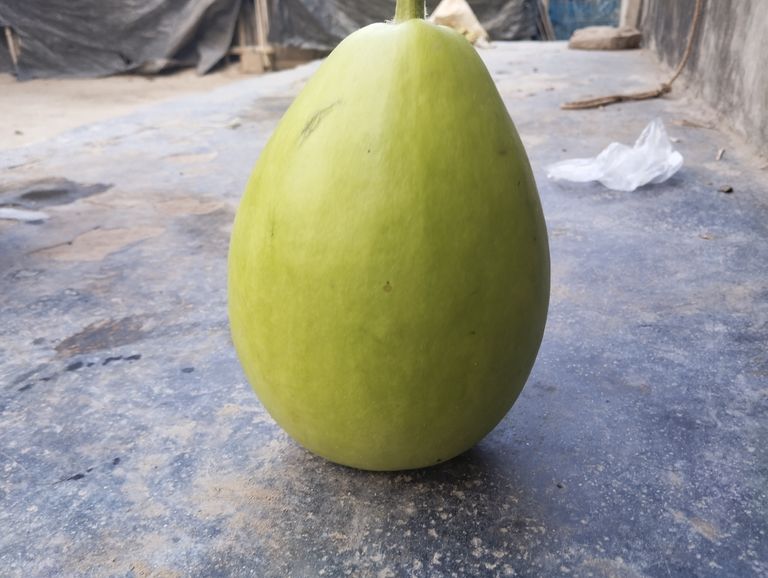
Health Benefits of Bottle Gourd Lau.
Bottle gourd, also known as lauki, dudhi, or Lau, is a highly nutritious vegetable with a wide range of health benefits. It has been used in traditional medicine for centuries due to its cooling, hydrating, and medicinal properties. This humble green vegetable is packed with essential nutrients, making it a must-add ingredient in a balanced diet.
In this blog, we will explore the numerous health benefits of bottle gourd, its nutritional value, and why you should include it in your daily meals.
Nutritional Value of Bottle Gourd
Bottle gourd is a low-calorie vegetable with high water content, making it a great choice for weight loss and hydration. Here is the nutritional breakdown per 100 grams of bottle gourd:
Calories: 15 kcal
Carbohydrates: 3.7 g
Protein: 0.6 g
Fat: 0.1 g
Fiber: 1.2 g
Water Content: 92%
Vitamins: Vitamin C, Vitamin B, and Vitamin A
Minerals: Calcium, Magnesium, Iron, and Potassium
Now, let’s take a look at the amazing health benefits of consuming bottle gourd regularly.
- Aids in Weight Loss
Bottle gourd is an excellent food choice for those trying to lose weight. Since it is low in calories and high in fiber, it helps you feel full for longer, reducing the chances of overeating. Additionally, its high water content helps in detoxifying the body and flushing out toxins.
How to Use for Weight Loss?
Drink fresh bottle gourd juice on an empty stomach.
Use it in soups, salads, or curries to enjoy its weight-loss benefits.
- Promotes Digestion and Relieves Constipation
The high fiber content in bottle gourd aids digestion and prevents constipation. It acts as a natural laxative, ensuring smooth bowel movements. It is also beneficial for individuals suffering from indigestion, acidity, or bloating.
Tip for Digestion:
Add boiled bottle gourd to your diet with a pinch of cumin and salt for better digestion.
- Keeps the Body Hydrated
Being 92% water, bottle gourd is a natural coolant that helps maintain hydration levels, especially during hot summer months. It keeps the body refreshed and prevents heat strokes.
Hydration Tip:
Drinking a glass of fresh bottle gourd juice in the morning can keep you hydrated throughout the day.
- Good for Heart Health
Bottle gourd is rich in potassium, fiber, and antioxidants, which help regulate blood pressure and maintain heart health. It also reduces bad cholesterol (LDL) levels and prevents artery blockages, lowering the risk of heart disease.
How to Use for Heart Health?
Include boiled bottle gourd in your diet to control cholesterol and blood pressure levels.
- Controls Blood Sugar Levels
Diabetic patients can benefit greatly from consuming bottle gourd, as it has a low glycemic index and helps regulate blood sugar levels. The vegetable also supports pancreatic functions, making it ideal for managing diabetes.
Best Way to Consume for Diabetes:
Drink unsweetened bottle gourd juice to stabilize blood sugar levels.
- Boosts Immunity
Bottle gourd is packed with Vitamin C and antioxidants, which strengthen the immune system and protect the body from infections. It also has antibacterial properties that fight off harmful bacteria and viruses.
Immunity Boosting Tip:
Regular consumption of bottle gourd soup can help improve immunity naturally.
- Reduces Stress and Promotes Mental Health
Bottle gourd contains choline, an important nutrient that helps calm the nervous system and reduce stress, anxiety, and depression. It also has mild sedative properties that promote better sleep.
Best Way to Consume for Stress Relief:
Drink bottle gourd juice mixed with mint for a refreshing and calming effect.
- Supports Kidney Health and Detoxification
Since bottle gourd is a natural diuretic, it promotes urine production and helps flush out toxins from the kidneys. It prevents kidney stones and urinary tract infections (UTIs) by keeping the system clean.
Kidney Health Tip:
Drinking bottle gourd juice can help in flushing out excess toxins from the body.
- Improves Skin and Hair Health
The high water and vitamin content in bottle gourd makes it great for glowing skin and healthy hair. It helps in reducing acne, blemishes, and wrinkles while keeping the skin hydrated. The vegetable also strengthens hair roots and prevents hair fall.
Beauty Tip:
Apply fresh bottle gourd juice on the face to get clear and radiant skin.
Drinking bottle gourd juice can reduce premature hair graying.
- Beneficial for Liver Health
Bottle gourd is highly beneficial for people suffering from liver disorders and jaundice. It helps regulate bile secretion and protects the liver from damage.
Liver Detox Tip:
Regularly consuming bottle gourd juice with lemon can help in detoxifying the liver.
How to Prepare Bottle Gourd Juice?
Ingredients:
1 small bottle gourd
1 cup of water
1 teaspoon lemon juice
A pinch of salt and black pepper
Instructions:
- Peel the bottle gourd and cut it into small pieces.
- Blend it with water until smooth.
- Strain the juice and add lemon juice, salt, and black pepper.
- Drink fresh for the best results.
Precaution: Always taste a small piece of raw bottle gourd before making juice. If it tastes bitter, do not consume it, as bitter bottle gourd can be toxic.
Bottle gourd is a superfood with incredible health benefits. From aiding weight loss to improving digestion, controlling diabetes, and boosting immunity, this green vegetable is a powerhouse of nutrition. Whether you consume it as a juice, soup, or curry, adding bottle gourd to your diet can bring numerous health benefits.
If you haven’t already included this nutritious vegetable in your meals, now is the perfect time to do so Do you consume bottle gourd regularly? Share your favorite recipes and experiences in the comments below.

Bottle Gourd with Small Fish Curry Recipe
Bottle gourd (lau) and small fish (choto mach) make a delicious and nutritious Bengali-style curry. This dish is light, flavorful, and perfect with steamed rice. Let’s explore the traditional method of preparing Bottle Gourd with Small Fish Curry at home.
Ingredients
For the Fish:
250g small fish (like Mola, Puti, or Tengra)
½ teaspoon turmeric powder
½ teaspoon salt
2 tablespoons mustard oil (for frying)
For the Curry:
1 medium-sized bottle gourd (lau), peeled and cut into thin slices
2 tablespoons mustard oil
1 teaspoon mustard seeds
2 dried red chilies
1 medium onion, chopped
1 teaspoon ginger paste
1 teaspoon garlic paste
2 green chilies, slit
½ teaspoon turmeric powder
½ teaspoon red chili powder
1 teaspoon cumin powder
½ teaspoon salt (adjust as needed)
1 tomato, chopped
1 cup water
1 tablespoon chopped coriander leaves (for garnish)
Instructions
Step 1: Prepare the Fish
- Clean the small fish thoroughly and remove any scales or impurities.
- Marinate them with turmeric powder and salt.
- Heat mustard oil in a pan and fry the fish until golden brown. Remove from the pan and set aside.
Step 2: Cook the Bottle Gourd
- In the same pan, add 2 tablespoons of mustard oil.
- Add mustard seeds and dried red chilies. Let them splutter.
- Add the chopped onion and sauté until golden brown.
- Stir in ginger and garlic paste, then cook until the raw smell disappears.
- Add turmeric powder, red chili powder, cumin powder, and salt. Stir well.
- Add chopped tomatoes and cook until they become soft and pulpy.
- Add the bottle gourd pieces and mix everything well. Cover and cook for 10 minutes, stirring occasionally.
Step 3: Combine the Fish and Bottle Gourd
- Once the bottle gourd is soft, add the fried fish to the pan.
- Pour in 1 cup of water and bring it to a boil.
- Cover and simmer for 5-7 minutes so that the fish absorbs the flavors.
- Add green chilies and mix gently.
Step 4: Final Touches
- Sprinkle chopped coriander leaves over the curry.
- Turn off the heat and let the dish rest for a few minutes before serving.
Serving Suggestions
Serve hot with steamed rice and a side of dal for a complete Bengali meal.
You can also enjoy it with roti or paratha for a different twist.
Tips & Variations
Choice of Fish: Small freshwater fish like Mola, Puti, or Tengra work best, but you can use any small fish available.
Spice Level: Adjust the number of green chilies to control the heat.
Extra Flavor: Adding a teaspoon of mustard paste at the end enhances the traditional Bengali flavor.
Vegetable Variation: You can add potatoes, pumpkin, or pointed gourd (parwal) for extra texture.
Nutritional Benefits
Bottle Gourd: Low in calories, high in fiber, and great for digestion.
Small Fish: Rich in protein, calcium, and omega-3 fatty acids.
Mustard Oil: Adds a distinct flavor and provides heart-healthy fats.
Bottle gourd with small fish is a simple yet delicious Bengali dish that brings out the natural flavors of fresh ingredients. It’s nutritious, easy to prepare, and pairs beautifully with rice. Try this traditional recipe at home and enjoy a taste of Bengal. Would you like to explore more Bengali recipes? Let me know.

Bottle Gourd Farming: Cultivation Guide for High Yield
Bottle gourd (Lagenaria siceraria), also known as calabash or Lau in Bengali, is a highly nutritious vegetable widely grown in tropical and subtropical regions. It is a fast-growing vine crop that requires minimal care and can be cultivated in home gardens or on a commercial scale. This guide covers everything you need to know about bottle gourd cultivation, from soil preparation to harvesting, to ensure a successful yield.
- Suitable Climate for Bottle Gourd Cultivation
Bottle gourd thrives in warm and humid conditions. It is a summer vegetable but can be grown year-round in regions with mild winters.
Temperature: The ideal temperature for growth is 25-35°C.
Sunlight: Requires 6-8 hours of direct sunlight daily.
Rainfall: Moderate rainfall is beneficial, but excessive rain can cause fungal infections.
- Selecting the Right Soil
Bottle gourd grows well in loamy or sandy-loam soil with good drainage.
Soil pH: The ideal pH range is 6.0-7.5.
Soil should be rich in organic matter. Adding compost or well-rotted manure improves fertility.
Soil Preparation:
- Plow the land 2-3 times to loosen the soil.
- Mix well-decomposed cow dung (10-15 tons per hectare) before sowing.
- If the soil is acidic, apply lime to adjust the pH.
- Seed Selection and Sowing
Seed Rate: About 2-3 kg of seeds per hectare is required.
Use high-yielding, disease-resistant varieties such as Pusa Summer Prolific Long, Narendra Rashmi, and Arka Bahar.
Soak seeds in warm water (50°C) for 24 hours before sowing to enhance germination.
Sowing Methods
Direct Sowing: Sow seeds 2.5-3 cm deep in pits or raised beds.
Seed Spacing: Maintain a distance of 1.5-2 meters between rows and 1 meter between plants.
Best Sowing Time:
Summer Crop: February–March
Monsoon Crop: June–July
Winter Crop (in warm regions): September–October
- Irrigation Requirements
Bottle gourd needs regular watering, but overwatering should be avoided to prevent root rot.
Watering Schedule:
Summer: Every 3-4 days
Winter: Every 7-10 days
Drip irrigation is effective for water conservation.
Mulching with dried leaves or straw helps retain moisture and control weeds.
- Nutrient and Fertilizer Management
Organic Fertilizers: Apply 10-15 tons of farmyard manure per hectare before planting.
Chemical Fertilizers:
Nitrogen (N): 80 kg/ha
Phosphorus (P): 40 kg/ha
Potassium (K): 40 kg/ha
Apply half of the nitrogen and all phosphorus & potassium at planting. The remaining nitrogen should be given in two split doses after one month and at flowering stage.
- Training and Pruning
Support System: Bottle gourd vines grow rapidly and need support for better fruit production.
Use bamboo stakes or trellises to train the vines upward.
Pruning: Remove weak or diseased vines to promote airflow and healthy growth.
- Pest and Disease Management
Common Pests
Common Diseases
- Pollination and Fruit Development
Bottle gourd is a cross-pollinated crop, mainly pollinated by bees. To improve fruit set:
Introduce honeybee colonies in large farms.
Hand Pollination: Transfer pollen from male to female flowers manually in the morning.
- Harvesting and Yield
Bottle gourds are ready for harvesting 50-60 days after sowing.
Harvest the fruits when they are tender and green (before they harden).
Use a sharp knife or sickle to cut the fruit without damaging the vine.
Yield
The average yield is 20-30 tons per hectare, depending on variety and cultivation practices.
- Post-Harvest Management
Store bottle gourds in a cool, dry place to prevent spoilage.
They can be stored for 10-12 days at 12-15°C with proper ventilation.
Marketing: Sell fresh in local markets or export for better profits.
Conclusion
Bottle gourd is a profitable and nutritious vegetable crop that can be grown with minimal investment. With proper soil preparation, irrigation, fertilization, and pest management, farmers can achieve a high yield. Whether for commercial farming or home gardening, following these best practices ensures a healthy and productive bottle gourd harvest. Would you like additional details on organic bottle gourd farming? Let me know.

Bottle Gourd Farming: Cultivation Guide for High Yield
Bottle gourd (Lagenaria siceraria), also known as calabash or Lau in Bengali, is a highly nutritious vegetable widely grown in tropical and subtropical regions. It is a fast-growing vine crop that requires minimal care and can be cultivated in home gardens or on a commercial scale. This guide covers everything you need to know about bottle gourd cultivation, from soil preparation to harvesting, to ensure a successful yield.
- Suitable Climate for Bottle Gourd Cultivation
Bottle gourd thrives in warm and humid conditions. It is a summer vegetable but can be grown year-round in regions with mild winters.
Temperature: The ideal temperature for growth is 25-35°C.
Sunlight: Requires 6-8 hours of direct sunlight daily.
Rainfall: Moderate rainfall is beneficial, but excessive rain can cause fungal infections.
- Selecting the Right Soil
Bottle gourd grows well in loamy or sandy-loam soil with good drainage.
Soil pH: The ideal pH range is 6.0-7.5.
Soil should be rich in organic matter. Adding compost or well-rotted manure improves fertility.
Soil Preparation:
- Plow the land 2-3 times to loosen the soil.
- Mix well-decomposed cow dung (10-15 tons per hectare) before sowing.
- If the soil is acidic, apply lime to adjust the pH.
- Seed Selection and Sowing
Seed Rate: About 2-3 kg of seeds per hectare is required.
Use high-yielding, disease-resistant varieties such as Pusa Summer Prolific Long, Narendra Rashmi, and Arka Bahar.
Soak seeds in warm water (50°C) for 24 hours before sowing to enhance germination.
Sowing Methods
Direct Sowing: Sow seeds 2.5-3 cm deep in pits or raised beds.
Seed Spacing: Maintain a distance of 1.5-2 meters between rows and 1 meter between plants.
Best Sowing Time:
Summer Crop: February–March
Monsoon Crop: June–July
Winter Crop (in warm regions): September–October
- Irrigation Requirements
Bottle gourd needs regular watering, but overwatering should be avoided to prevent root rot.
Watering Schedule:
Summer: Every 3-4 days
Winter: Every 7-10 days
Drip irrigation is effective for water conservation.
Mulching with dried leaves or straw helps retain moisture and control weeds.
- Nutrient and Fertilizer Management
Organic Fertilizers: Apply 10-15 tons of farmyard manure per hectare before planting.